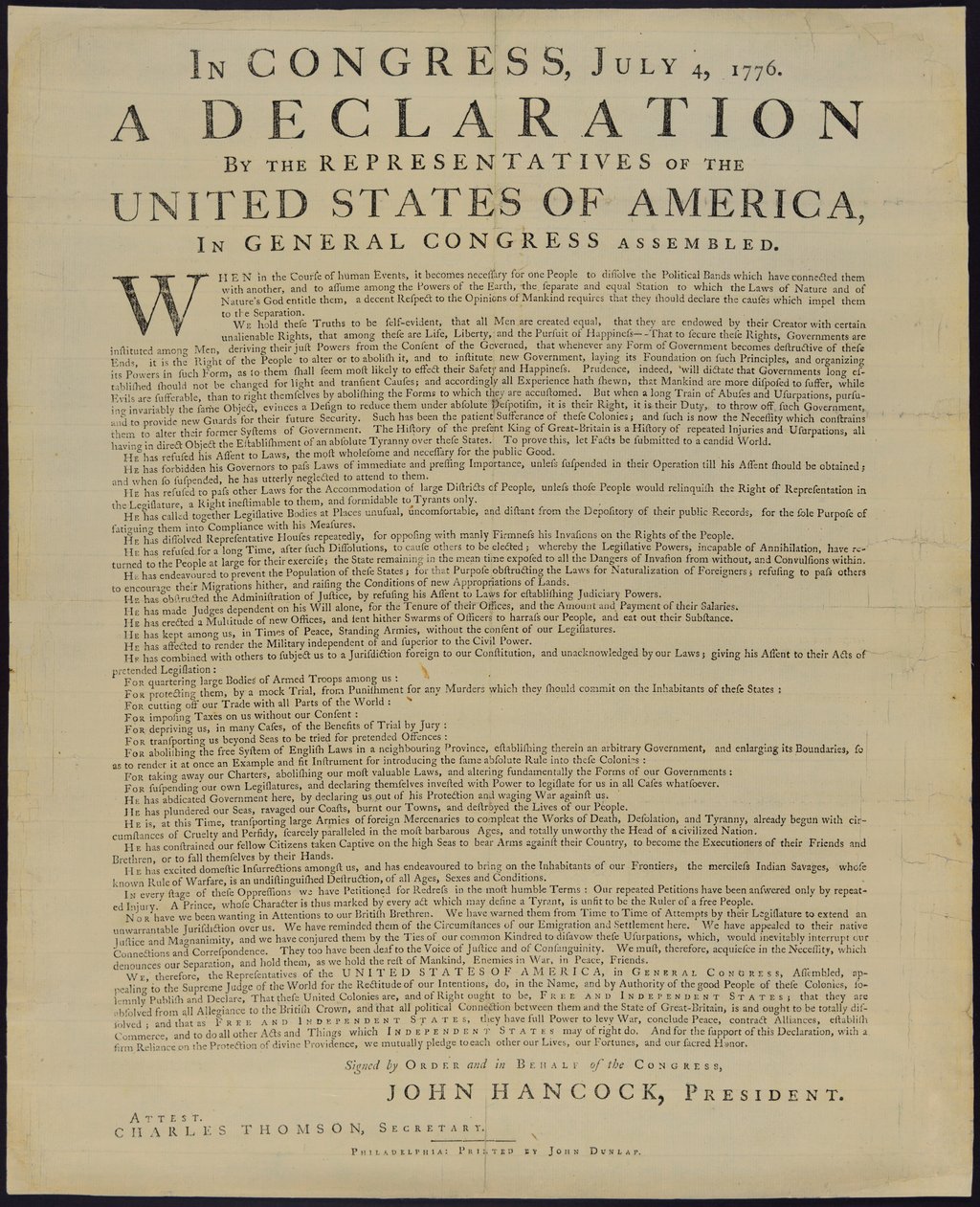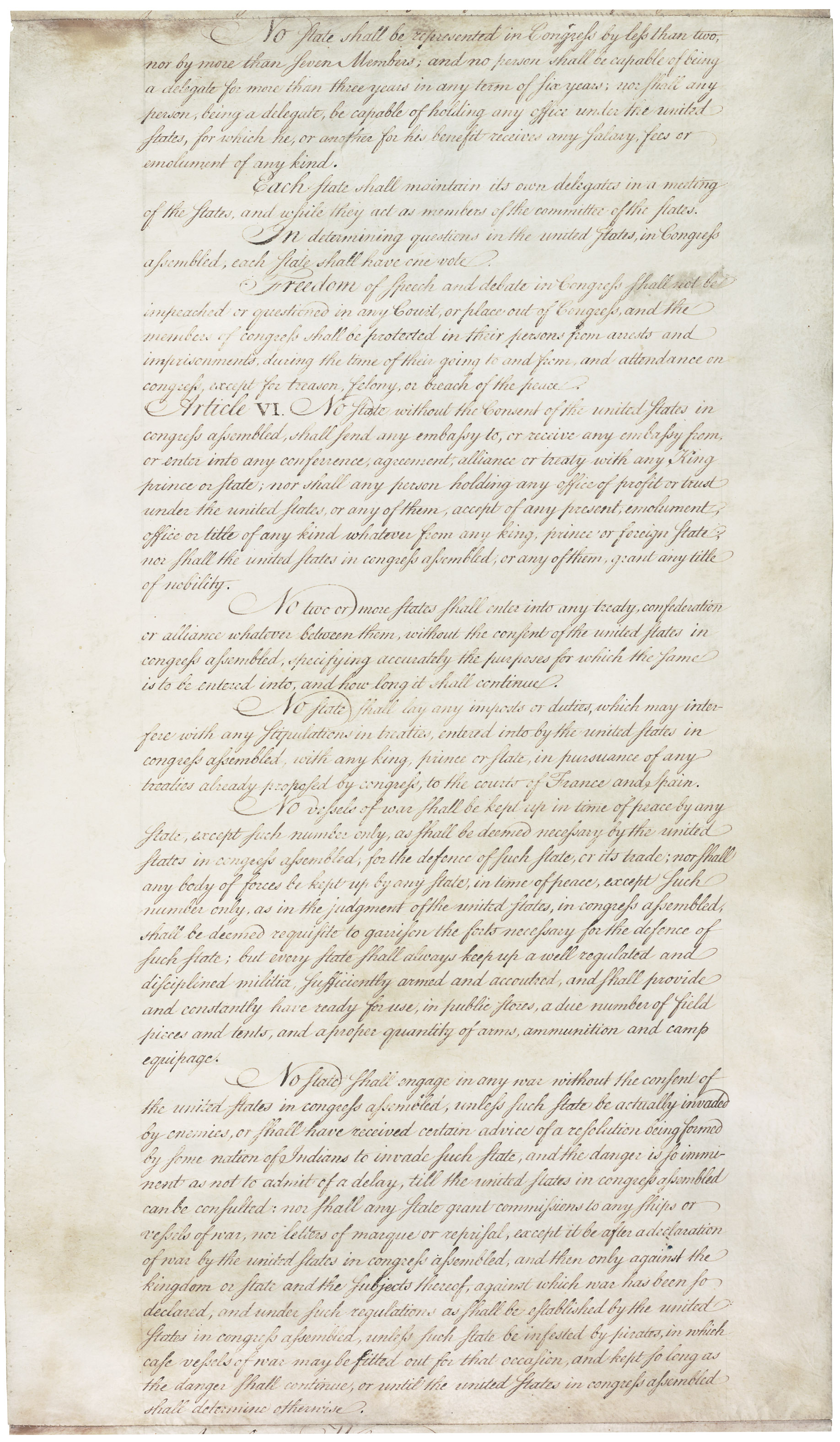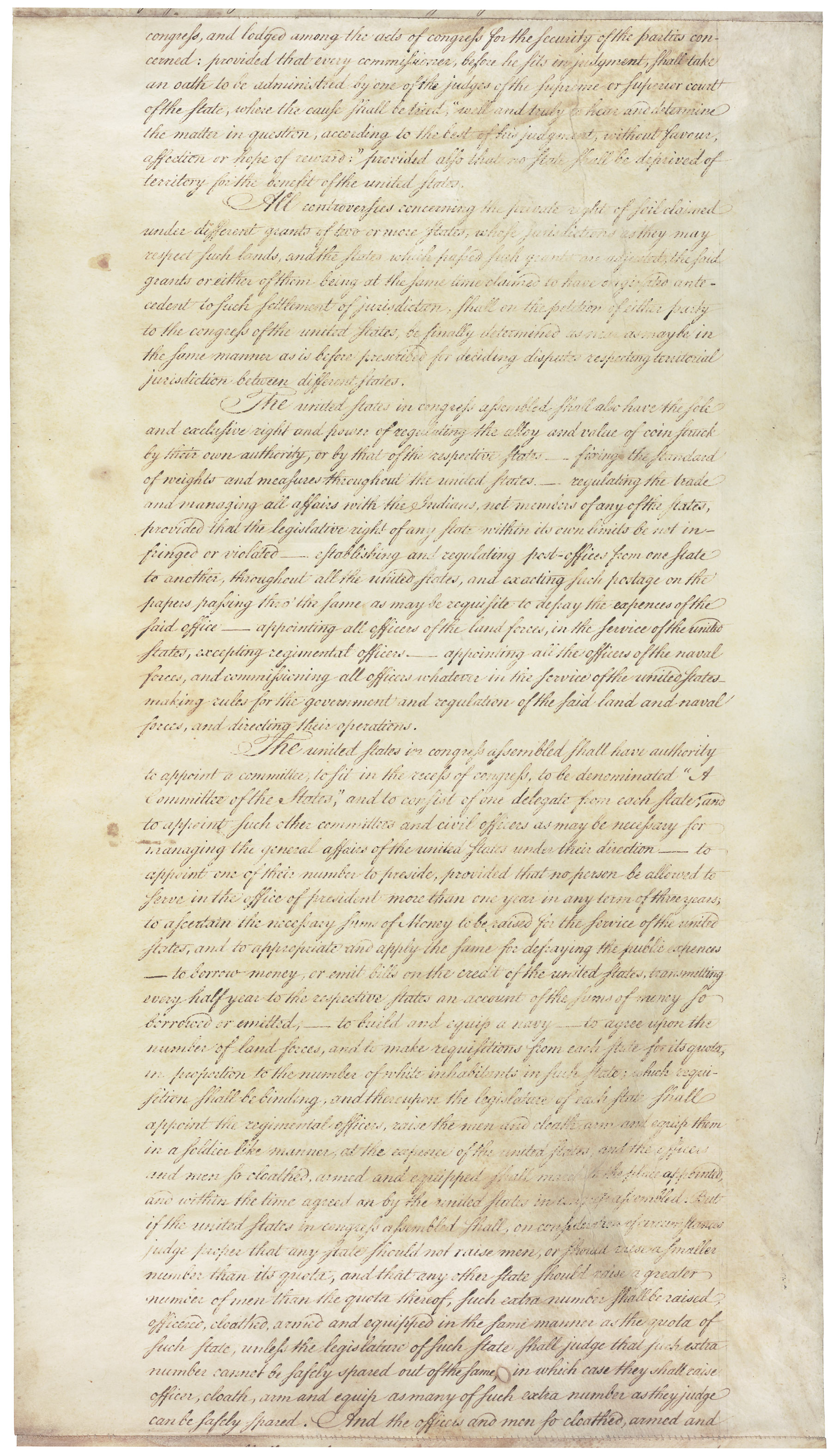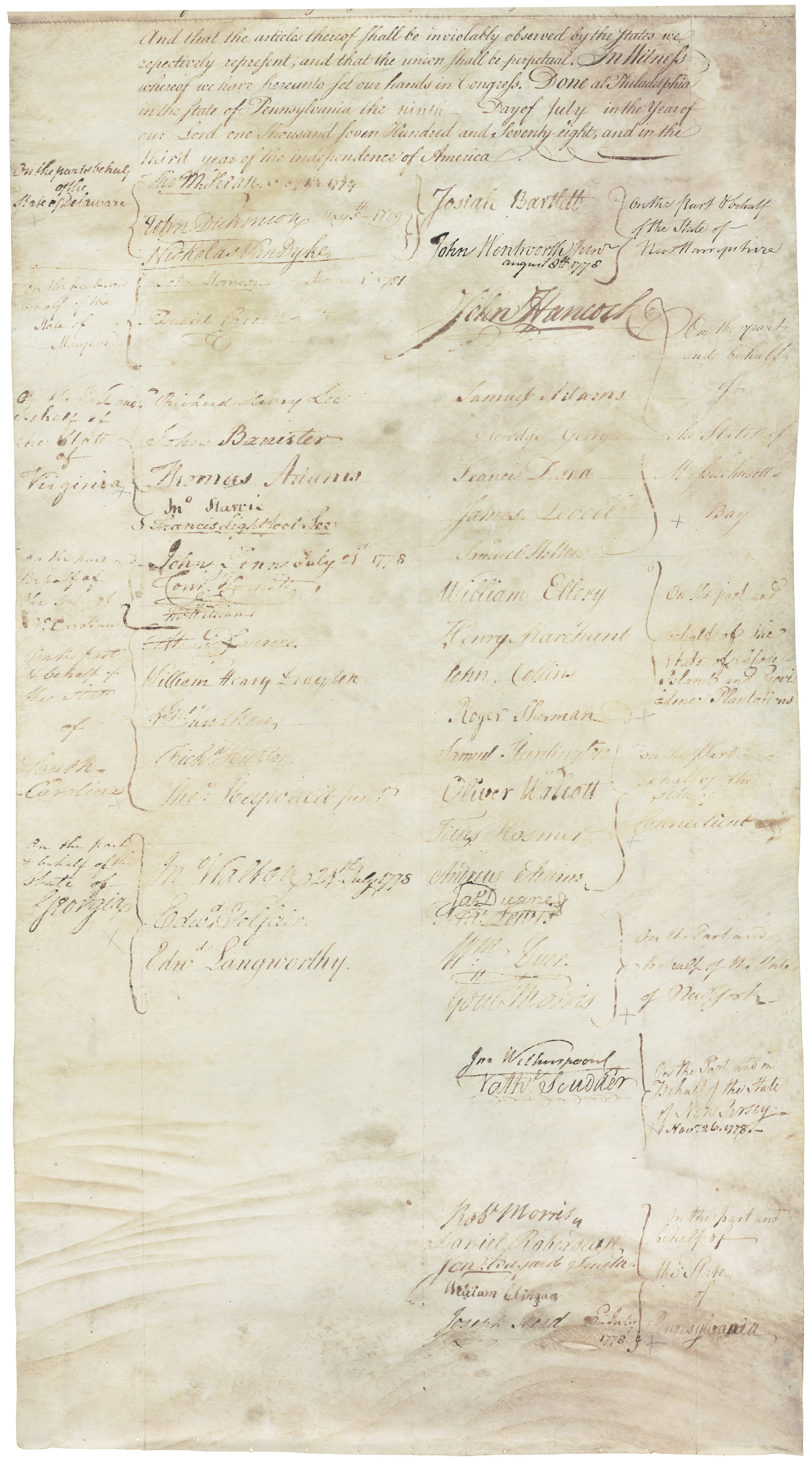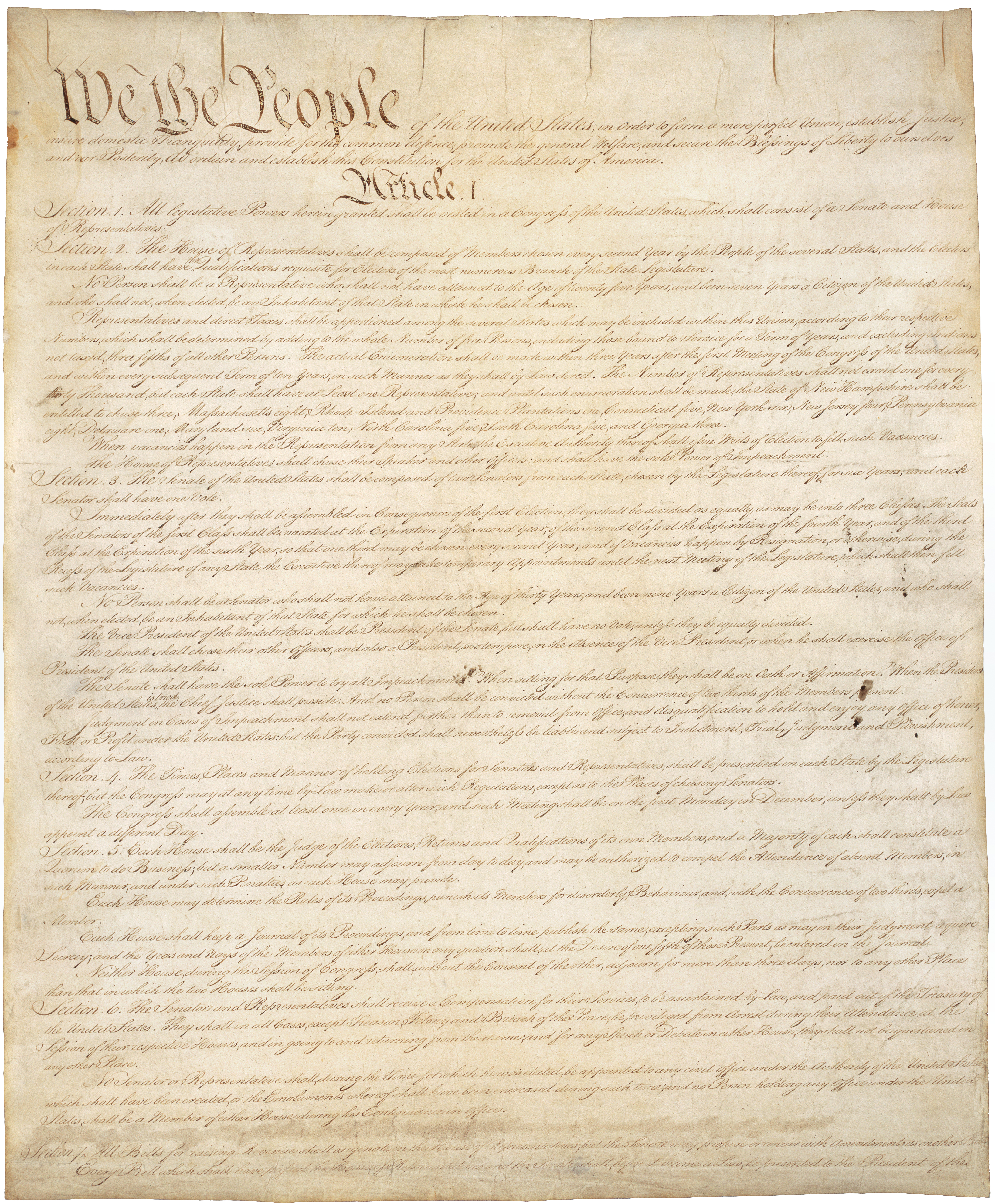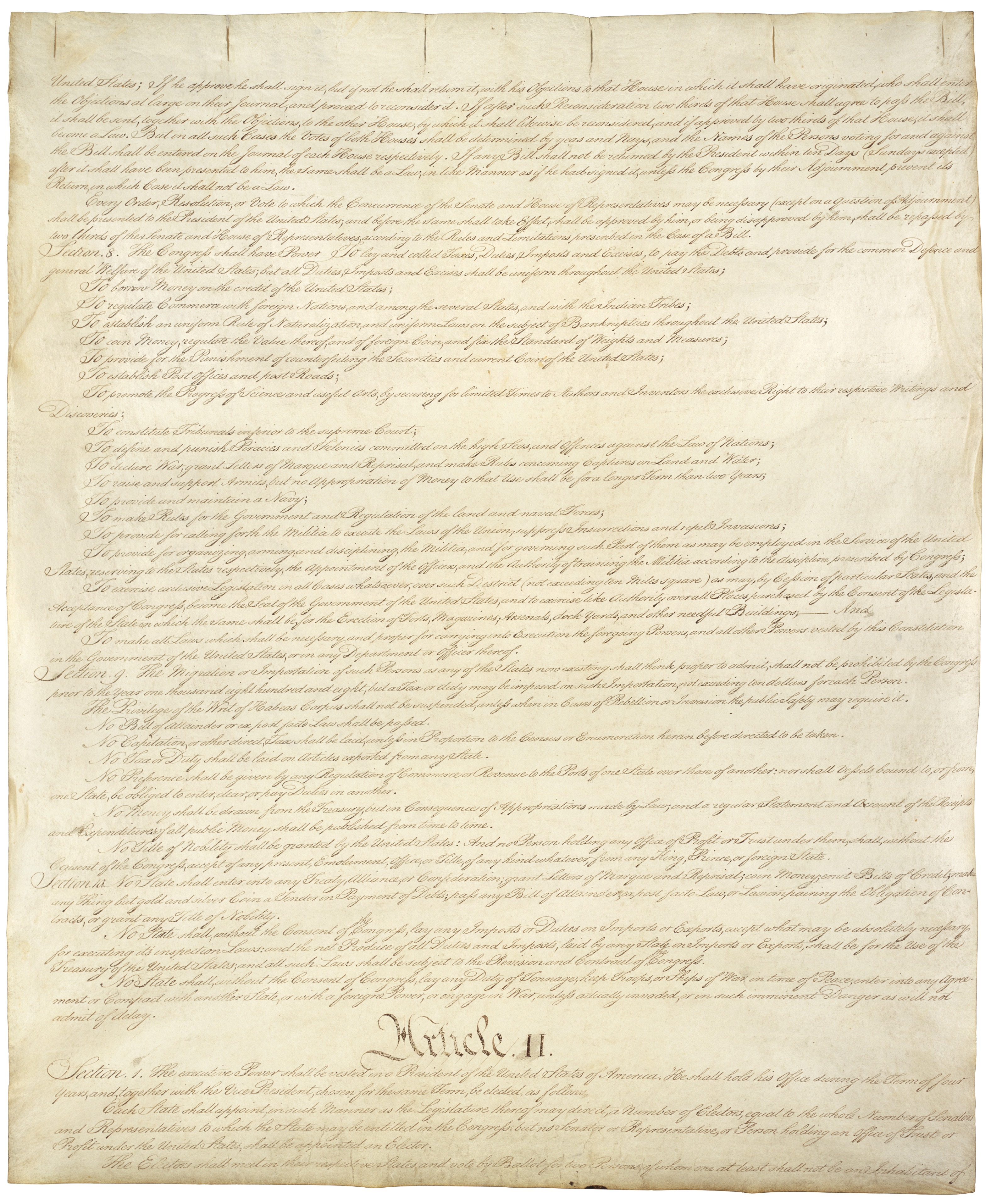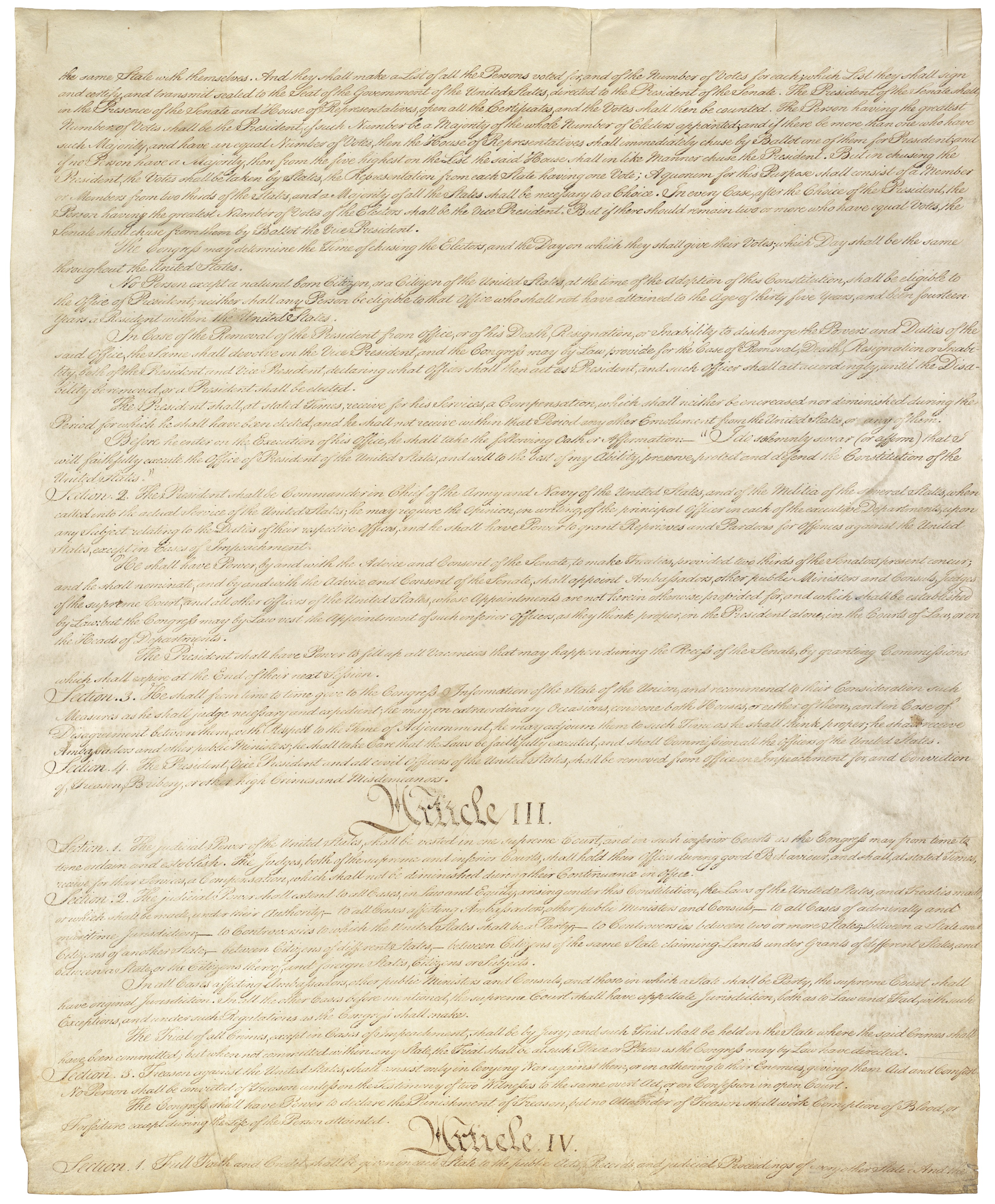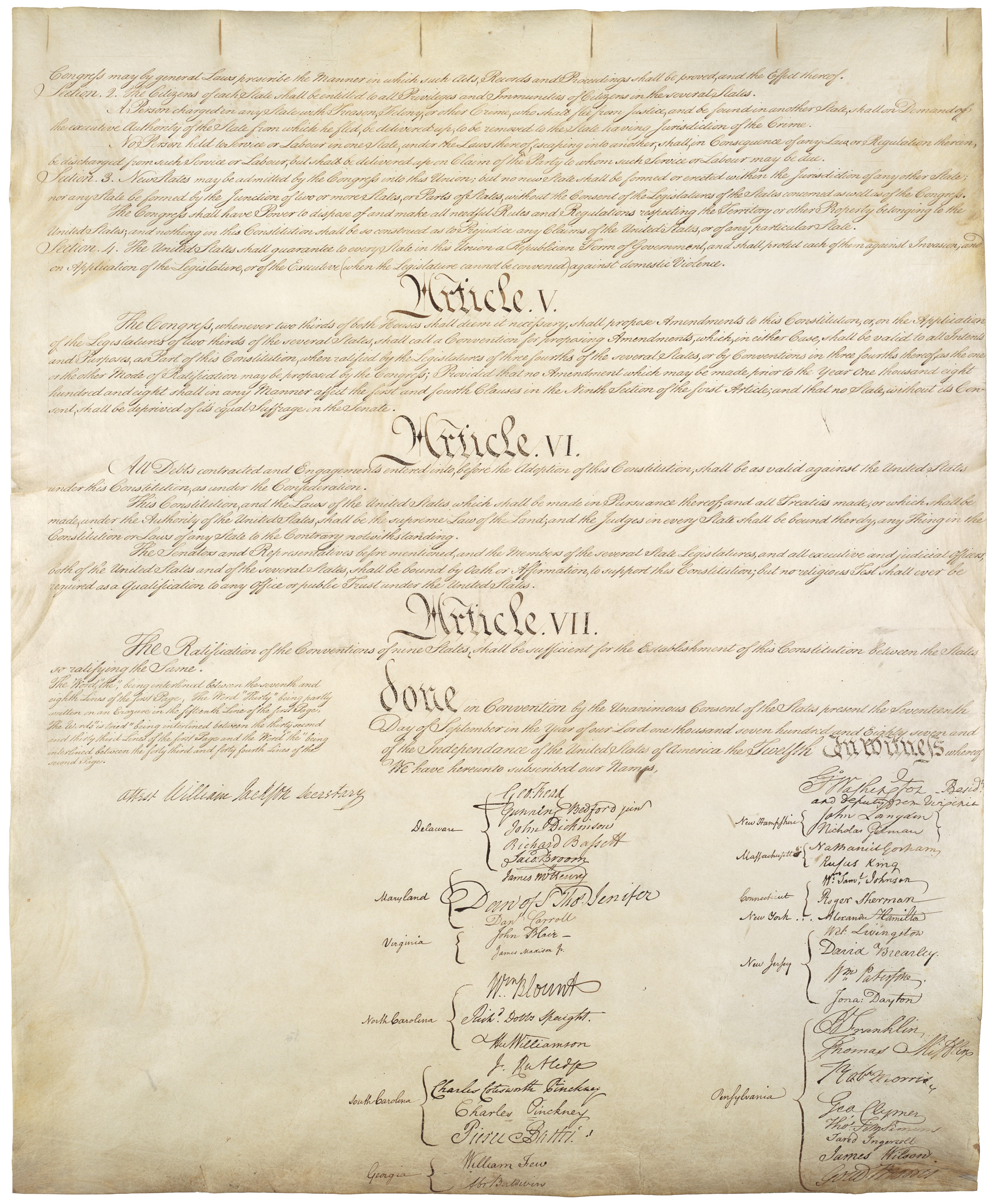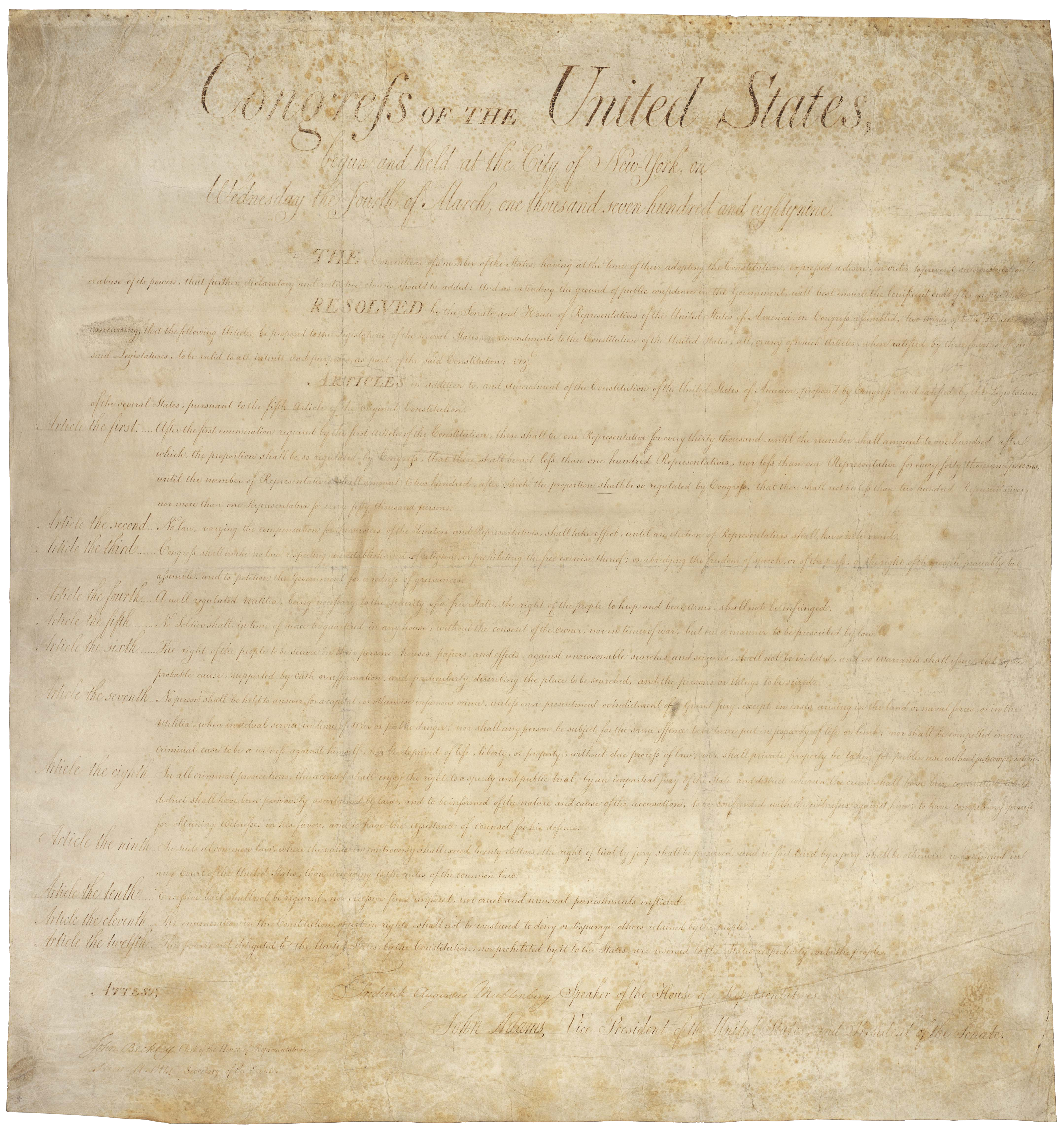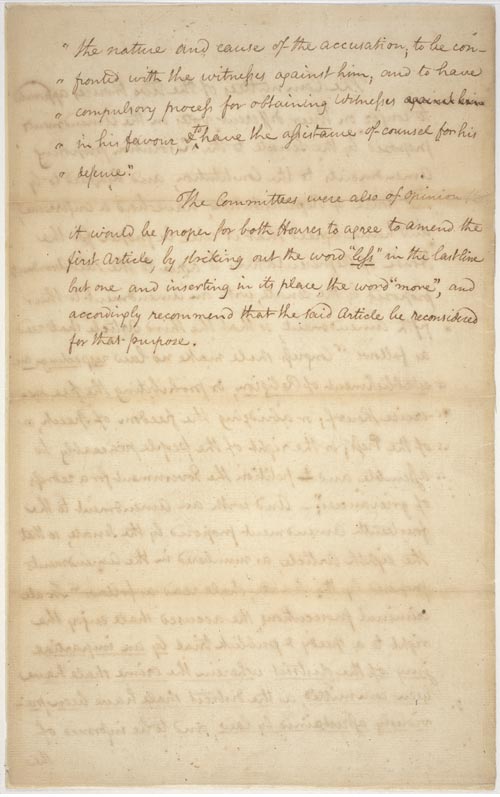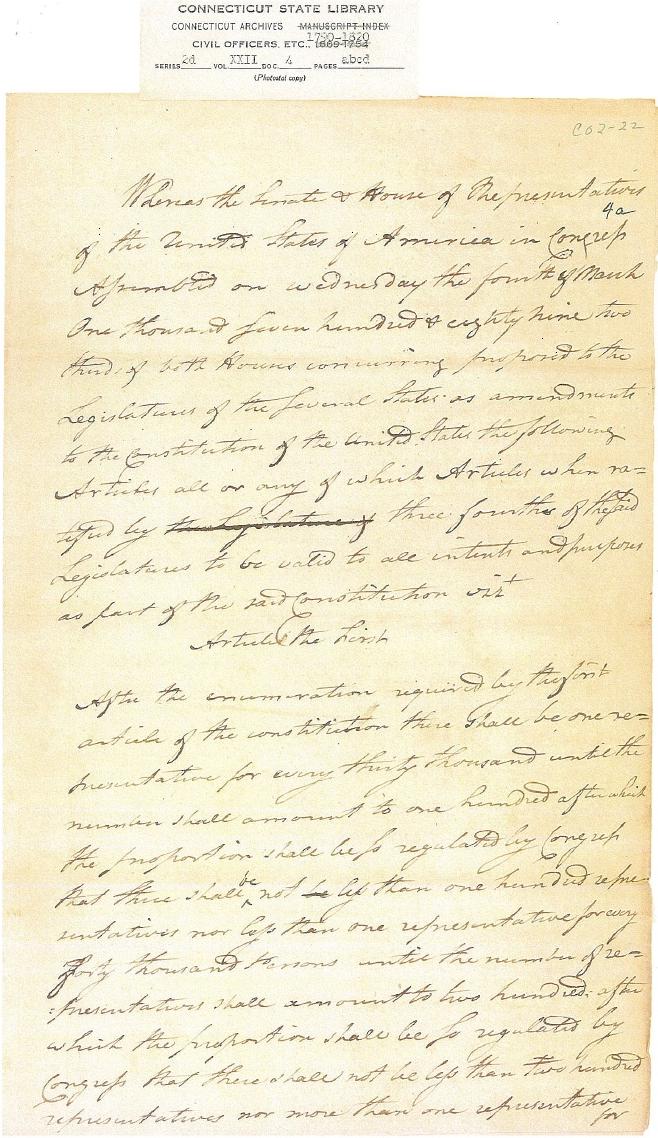Reference of our Country's Founding Documents
Our Intention of Providing These Documents
The ultimate goal of Patriots United is to keep our Constitutional Republic intact. We accomplish this through knowledge and understanding of what our country is and what it means to the rest of the world.
By utilizing effective communication via the internet, social media, phone calls, video conferencing, and face to face meetings, We The People, can come together as one united group of fellow patriotic citizens who love our freedom and our country that was formed to protect it.
Ever since our country was founded there have been opposing forces set out to prevent and destroy any possibility of the existence of a land made of a free and sovereign people.
As American citizens it's hard to fully understand a life without freedom. Being born into such a society can unfortunately create the platform of losing it, due to privileges that were not personally earned. Our expectations of our freedoms to always be here for us without having to uphold and defend them can be very dangerous and have ultimately lead us to where we are today.
Declaration of Independence
,_by_John_Trumbull.jpg)
John Trumbull's painting, Declaration of Independence, depicting the five-man drafting committee of the Declaration of Independence presenting their work to the Congress. The painting can be found on the back of the U.S. $2 bill. The original hangs in the US Capitol rotunda.
Articles of Confederation

The Articles of Confederation and Perpetual Union was the first written constitution of the United States. Written in 1777 and stemming from wartime urgency, its progress was slowed by fears of central authority and extensive land claims by states. It was not ratified until March 1, 1781. Under these articles, the states remained sovereign and independent, with Congress serving as the last resort on appeal of disputes. Significantly, The Articles of Confederation named the new nation “The United States of America.”
U.S. Constitution
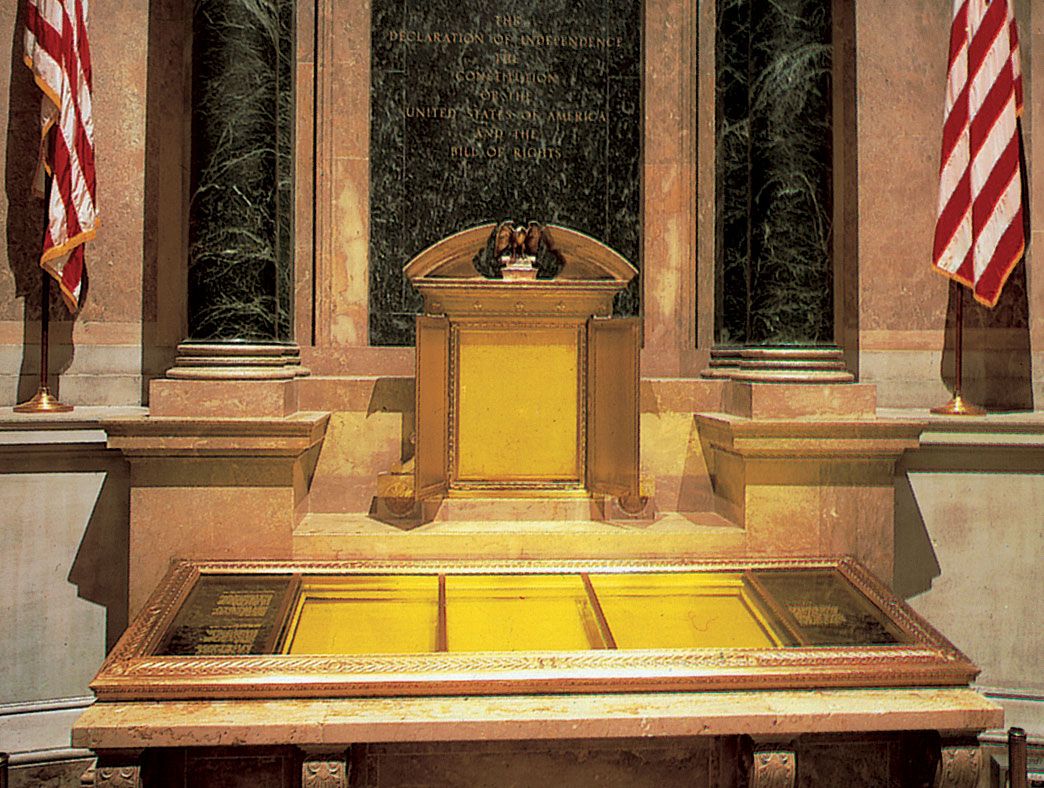
The Constitution of the United States established America’s national government and fundamental laws, and guaranteed certain basic rights for its citizens. It was signed on September 17, 1787, by delegates to the Constitutional Convention in Philadelphia. Under America’s first governing document, the Articles of Confederation, the national government was weak and states operated like independent countries. At the 1787 convention, delegates devised a plan for a stronger federal government with three branches—executive, legislative and judicial—along with a system of checks and balances to ensure no single branch would have too much power.
Original Bill of Rights
After the Declaration of Independence in 1776, the Founding Fathers turned to the composition of the states’ and then the federal Constitution. Although a Bill of Rights to protect the citizens was not initially deemed important, the Constitution’s supporters realized it was crucial to achieving ratification. Thanks largely to the efforts of James Madison, the Bill of Rights—the first ten amendments to the U.S. Constitution—were ratified on December 15, 1791.
Ratified Bill of Rights
Important to Understand and Remember
These first 10 Amendments to the Constitution, that were narrowed down from 12, were what the states demanded to be added in order to accept the Constitution and the formation of the Federal government uniting all states as one country. These are not "rights" given to We The People by the Constitution or by a government. These are God given, unalienable rights. These were set to assure and protect us from the proposed government infringing upon them.
Notes of Writing the Bill of Rights
Below are the original notes from the state of Connecticuts' correspondence regarding the Bill of Rights.

